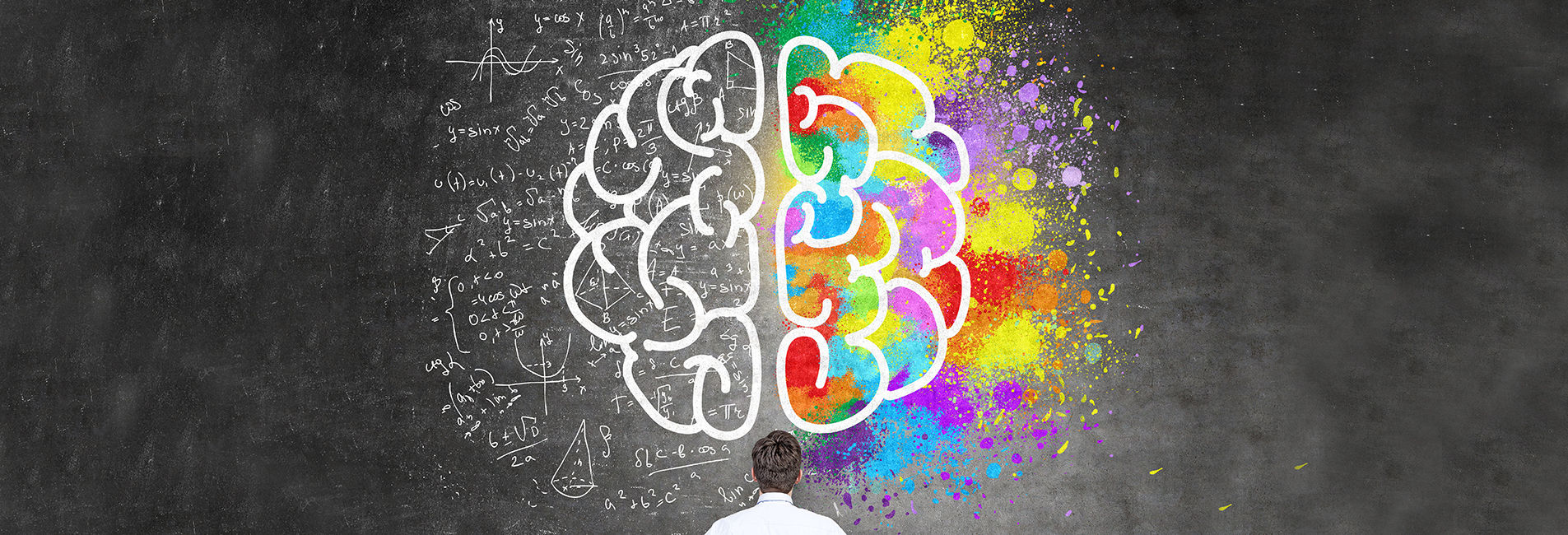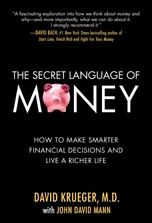I. THE ART AND SCIENCE OF CHANGE
Module 1. Story and Story Assessment
Step One. Recognize Authorship of Your Story
A. The Power of Story
1. Experiences are consistent with assumptions
2. Beliefs become reality
3. Live in the present moment
B. The Story Takes over the Author
C. The Story Ghostwritten by the Brain
Step Two. Own Your Story
A. Storylines That Define
B. Storyline Motivations and Assumptions
Step Three. Assess the Storylines and Plot
A. Ideals Assessment
B. Needs Assessment
C. Understand Conflicted and Contradictory Storylines
D. Recognize Active Versus Passive Positions
E. Listen to Your Self-Statements
F. Listen for Repetitions of the Old Story
G. Listen to Your Body
• Distinguish and Address Ideals
• Distinguish and Address Needs
• Ideals and Needs Decision Tree
• 5 Phase Plot Outline
• Life’s Ground Rules: Paradoxes and Antipodes in Story Construction
Workbook Tools
• Calibrating Intuition
• Step One. Recognize Authorship of Your Story
• Step Two. Own Your Story
• Step Three. Assess the Storylines and Plot
Module 2. Change and Change Evaluation
Step Four: Decide What to Change
A. Four Basic Inquiries for Story Evaluation
B. The Psychology of Change
C. The Neuroscience of Change
D. Principles of Change
E. Assessment for Change
1. Personal Feedback Questionnaire
2. Compromise Inventory and Resolution Schedule
F. Establish a Context for Change
1. Neutrality
2. Empathy
3. Insight and Understanding
G. Reflections to Understand and Revise your Storylines
H. Before, During, and After Story Components
Step Five: Map Changes
A. Steps to Edit your Life Story
B. Steps to Revise a Storyline
C. Change Only What Doesn’t Work
D. Resistance to Story Ownership
Workbook Tools
Step Four: Decide What to Change
• 4 Basic Inquiries for Storyline Evaluation
• Personal Feedback Questionnaire
• Compromises Inventory and Resolution Schedule
• 15 Reflections to Understand Your Storylines
• Deconstruct a Concern (To see what it teaches you)
• 14 Steps to Edit Your Life Story
• Step Five: Map Changes
• 5 Steps to Revise a Storyline
• 18 Caveats on How to Avoid Story Ownership and Change
Module 3. Guide to Lasting Change
Step Six. Author New Experiences
A. Live a New Life Story Coaching®
B. Getting Out of the Box
C. The Basic Coaching Model
D. A Dozen Basic Tenets of Coaching
E. Coaching Interactions
F. Strategic Goal Pursuit: SMART Goals and Life Mission Statement
G. Success Insurance for Completing Goals
H. Eleven Steps to Ignite Change
Step Seven. Program New Identity to Incorporate and Sustain Changes
A. Twelve Basic Principles for Change and Transformation
B. Thirty-two Guidelines to Further Life Story Change
C. Creating a Vision
Workbook Tools
• Step Six: Author New Experiences
• Strategic Goal Pursuit
• Success Insurance for Completing Goals
• 11 Steps to Ignite Change
• Step Seven: Program New Identity to Incorporate and Sustain Changes
• 12 Basic Principles of Change and Transformation
• 32 Guidelines to Further Life Story Change
• Creating a Vision
II. TRANSFORMATION
Module 4. Master States of Mind
I. Understanding States of Mind
A. Access to Mind States
B. Continuity of Self
C. Establish Self-Empathy
D. Self-Reflection
E. Let Go of the Past
F. Construct a Present Context
II. How to Regulate States of Mind
A. How Do You Feel? A Structured Inquiry
B. Regulation of Feelings and States
C. How to Get Centered in Your Body and Experiences
D. Management of State-Specific Issues: Blocks, Chokes, and Slumps
E. Listen to Body Stories
Workbook Tools:
• Regulating States of Mind
• A Stuctured Inquiry to Recognize Feelings
• A Grounding and Centering Exercise
• A Brief On-Your-Feet Grounding Exercise
Module 5. Advancing the New Plot
I. Self Statements
A. Listen; Learn; Own
B. Your Story Becomes Your Life
C. Become Your Own Authority
D. Review and Revise Belief Systems
II. Further the Plot
A. Pick Your Spots: What You Engage and What You Don’t
B. Editing and Enhancing Your Choices
C. An Exercise to Structure Positive Focus
D. Authoring the Set of Stories Called Self
E. Creating Time and Keeping Power
Workbook Tools
• 15 Caveats on Being Your Own Authority
• An Exercise in Authoring Your Own Reality
• Review and Revise Belief Systems
• Making Choices: Inquiries for Beginning a New Story
• An Exercise to Structure Positive Focus
III. SUCCESS APPLICATION
Module 6. Your New Money Story®
Assess and Understand Your Money Story
A. Your Money Story
1. A Money Quiz
2. Money Quiz Discussion
3. Can You Make and Enjoy Money?
4. An Exercise for Awareness of Your Money Story
B. Symbolic and Emotional Meanings of Money
C. The Psychology of Money
D. The Neuroscience of Money
II. Revising the Text of a Money Story
A. Your Money Mission Statement
B. Plot a New Money Story®
Workbook Tools
• A Money Quiz and Discussion
• Can You Make and Enjoy Money?
• An 11-Step Exercise for Awareness of Your Money Story
• Your Money Mission Statement
• 7 Techniques to Plot a New Money Story®
Module 7. Your New Career Story
I. Core Value Investing in Your Career
A. Meanings and Value of work
B. Value-based Goal Setting
A MentorPath® Publication • www.MentorPath.com
II. Career Enhancement
A. 18 Career Enhancement Caveats
B. Systems and Leadership
C. Creative Criticism and Problem Solving
D. Career Assessment: Core Values, Goals, Changes, Obstacles
III. Optional Career Tracks
A. Identify and Remedy Work Addiction
B. Why Managers Succeed and Fail
C. Common Managerial Problems and Strategies
D. Recovery from Job Loss
Workbook Tools
• 18 Career Enhancement Caveats
• A Systematic Method for Reviewing and Solving Problems
• Career Assessment: Core Values; Goals; Changes; Obstacles
• Work Addiction: Self Evaluation Questions + Remedies
• Common Managerial Problems and Strategies
Module 8. Your New Relationship Story
I. Communication 101
A. Communication and Connection
1. Maxims of Communication
2. Steps of Communication
B. Information Processing and Communication Facilitation
C. Illuminate Hidden Assumptions
D. Articulate Implicit Contracts
E. Respect and Communicate Different Points of View
F. Transference in Relationships
II. Relationship Facilitation 201
A. 12 Relationship Principles
B. Mastery Storylines of Money, Power and Gender
C. Reminders in Your Relationship
D. The Us Story
E. A Relationship Story Exercise
F. Leadership Based on Relationship
Workbook Tools
• Communication and Connection: Maxims and Steps
• Information Processing Exercise
• 12 Relationship Principles
• Recognize the Place of Assumptions about Money, Power, and Gender
• A Relationship Story Exercise
Module 9. Live Your New Success Story
I. Success: Desire and Obstacle
A. Patterns of New Learning: Four Phases
B. Evaluate and Address Five Types of Resistance to Change
II. Success Phobias
A. Forms of Success Phobia
B. Questionnaire: Are You Afraid of Success?
III. Special Issues of Success
A. Success and Women
1. Early Models of Success
2. Career Choices
3. Money and Gender
4. Midlife Issues
5. Success Self-Inquiry for Women
B. Success and Men
1. Competition Model
2. Success Self-Inquiry for Men
C. Success Intoxication: Recognition and Prevention
IV. Evolving a Success Story
A. Life’s Ground Rules, Part II
B. Your Life Story: Good News/Bad News
C. A Self-Coaching Summary with Exercises
Workbook Tools
• Are You Afraid of Success?
• Success Self-Inquiry for Women
• Success Self-Inquiry for Men
• Success Intoxication: Recognition and Prevention
• Life’s Ground Rules, Part II: 30 Essential Caveats of Successful Being
• Your Life Story: Good News / Bad News
• A Self-Coaching Summary
• Paradoxes Inherent in the Process of Growth
• 6-Step Action Plan for Achieving Goals
• Possibility Thinking
• 18-Step New Life Story Growth Plan
• 11 Maxims of Sustained Growth
Module 10. Your New Wellness Story®
I. The Wellness Revolution
A. Wellness Defined
B. Wellness as Choice
C. The Wellness System of Energy
II. Authoring Your New Wellness Story®
A. The Mindset of Wellness
B. Why Is Change So Difficult?
C. An Application of Change
D. Brain Programming for Wellness
Workbook Tools
• Wellness Defined
• The Wellness System of Energy
• The Mindset of Wellness
• Identify Body Language
• Wellness Initiatives
• Wellness Mind Mapping
• Why Is Change So Difficult?
• Brain Programming for Wellness
• Wellness Focus and Visualization
Addendum
I. Client Information Packet
II. Case Study: An Application of Live a New Life Story® in an Unlikely Setting
III. Little Things Count
Life Story Glossary


